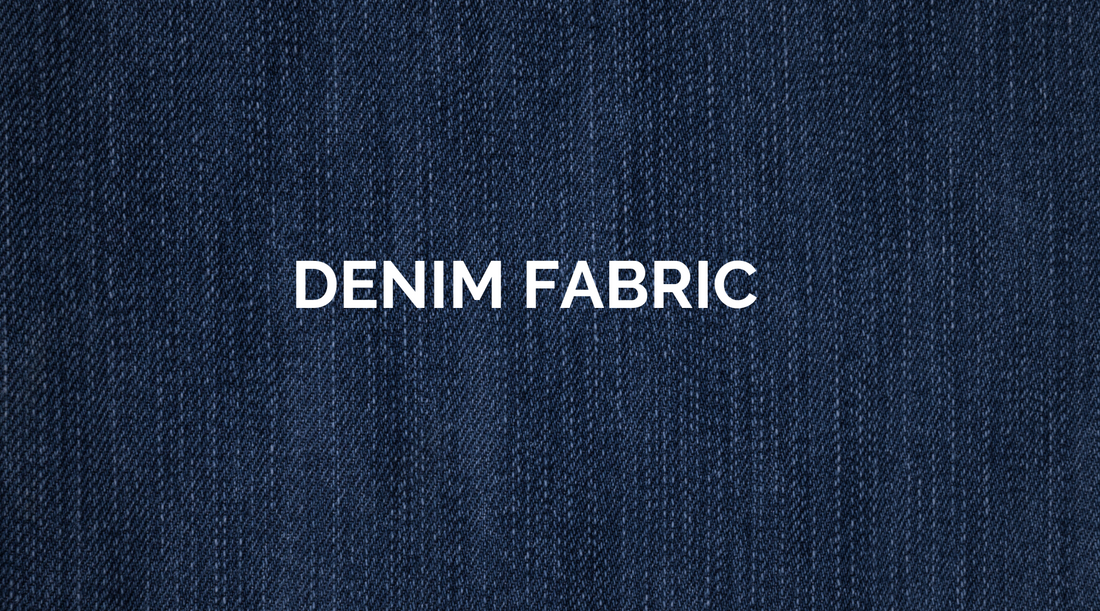Introduction:
Denim fabric is an iconic textile that has transcended generations, cultures, and fashion trends. Its sturdy yet comfortable nature has made it a staple in wardrobes worldwide. In this comprehensive guide, we delve into the intricacies of denim fabric, from its origins to its environmental impact.
1. What Is Denim Fabric?
Denim fabric is a durable cotton twill textile known for its characteristic diagonal ribbing. It typically comes in a blue color but can also be found in various other shades. Originally known as "serge de Nîmes" after the French town where it was first produced, denim gained popularity as workwear due to its resilience and versatility.
2. How Is Denim Fabric Made?
The production of denim involves several stages, beginning with the cultivation of cotton. Once harvested, the cotton fibers undergo spinning to create yarns. These yarns are then woven into a twill weave pattern, which gives denim its signature diagonal ribbing. The fabric is then dyed using indigo dye, traditionally through a process of dipping and oxidation. Finally, it undergoes finishing processes such as washing and distressing to achieve desired aesthetics.
3. How Is Denim Fabric Used?
Denim fabric is utilized in various garments and accessories, ranging from jeans and jackets to skirts and bags. Its versatility makes it suitable for both casual and semi-formal attire, and its durability ensures longevity in wear.
4. Where Is Denim Fabric Produced?
While denim fabric was historically produced in Europe and North America, its production has become increasingly globalized. Countries such as China, India, Bangladesh, and Turkey are major players in denim manufacturing today, thanks to their skilled labor force and cost-effective production processes.
5. How Much Does Denim Fabric Cost?
The cost of denim fabric can vary depending on factors such as quality, production location, and brand. Generally, high-quality denim produced in regions with stringent labor and environmental regulations may command a higher price, whereas mass-produced denim from low-cost regions tends to be more affordable.
6. What Different Types of Denim Fabric Are There?
Denim fabric comes in a myriad of variations, including raw denim, stretch denim, selvedge denim, and recycled denim. Each type offers unique characteristics in terms of texture, stretchiness, and sustainability, catering to diverse consumer preferences.
7. How Does Denim Fabric Impact the Environment?
The production of denim fabric involves significant water consumption, chemical usage, and waste generation, posing environmental challenges. However, efforts are underway to mitigate these impacts through sustainable practices such as water recycling, organic cotton cultivation, and eco-friendly dyeing techniques.
8. Denim Fabric Certifications Available
Various certifications such as GOTS (Global Organic Textile Standard) and OEKO-TEX® Standard 100 ensure that denim fabric meets specific environmental and social criteria. These certifications provide consumers with assurance regarding the sustainability and ethicality of the denim products they purchase.
Conclusion:
Denim fabric stands as a testament to the enduring appeal of a textile that seamlessly blends style, functionality, and cultural significance. By understanding its properties, production process, and global impact, we can make informed choices as consumers and contribute to a more sustainable future for denim manufacturing.
















